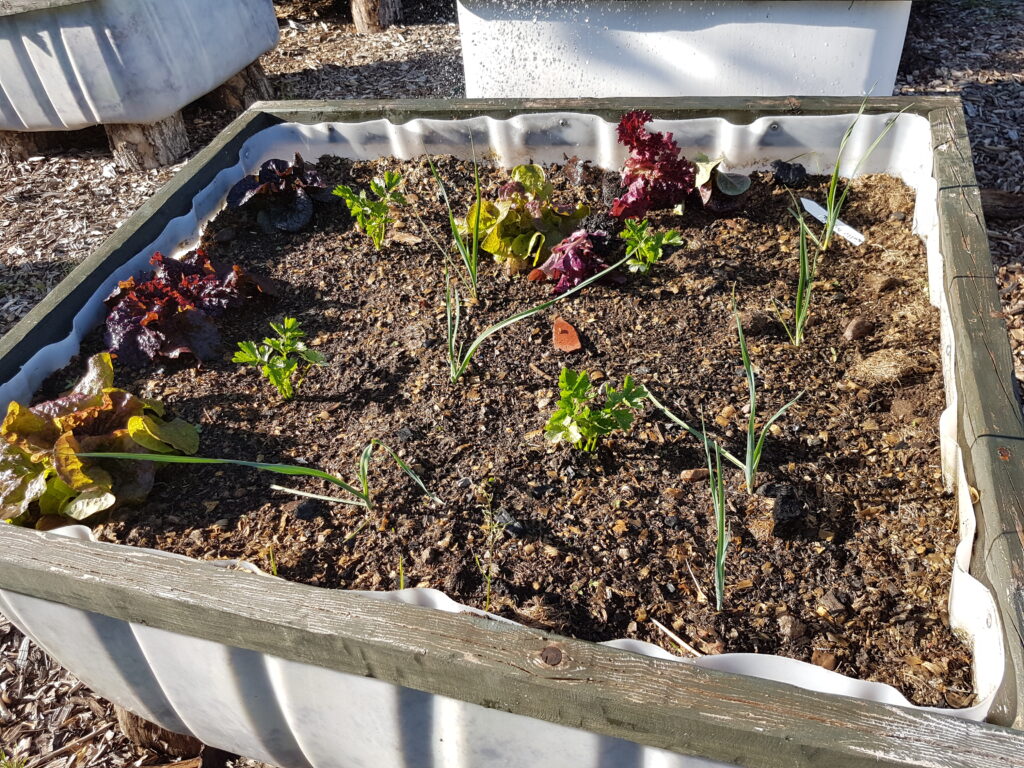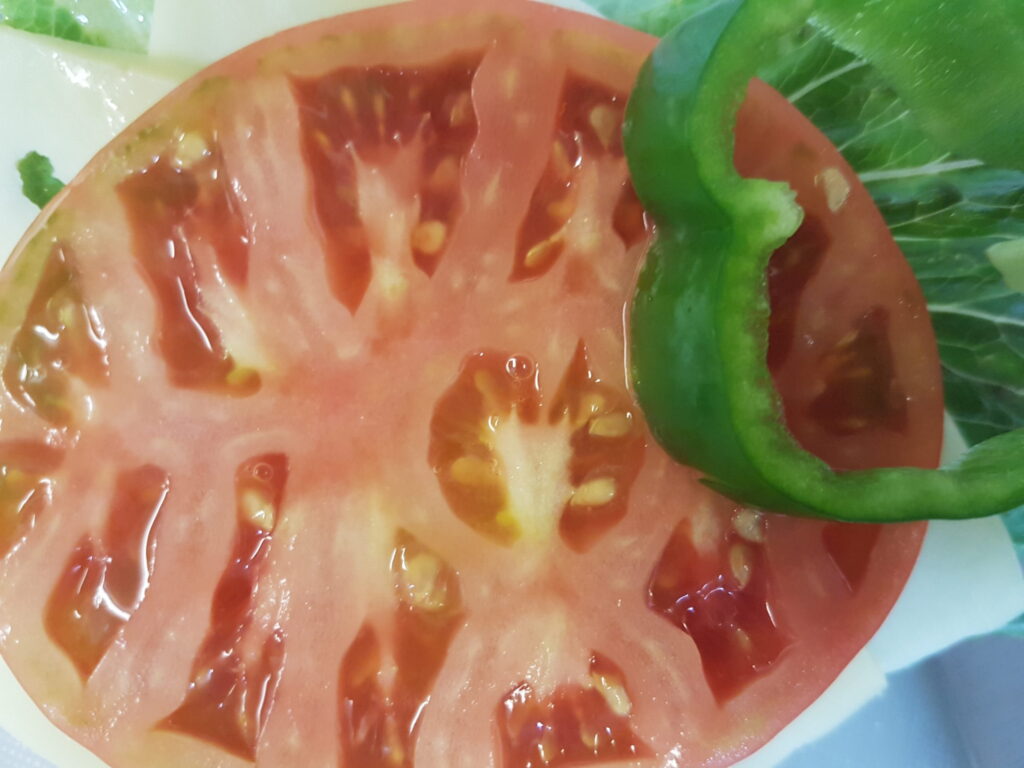Before you sit down and have your meal or snacks, have you ever stopped to wonder, where did all this food come from? What is the journey of food, from the farm to our plate? We eat, not only because we need to survive, but also eating is a form of enjoyment. Our favorite food brings us joy, and we feel comforted. It can also bring back wonderful memories, mom’s homemade salad with vegetables from the garden just tastes better.
We are living in a time where exotic fruits are available in grocery stores in the middle of winter in Scandinavia. We can get all sorts of food whenever and wherever, but what is the story behind the food and convenience? It is therefor not that easy to for a visitor to understand what is a truly Swedish dish.
Vegetables, fruits and meat are traveling far to get to the stores, and then to our kitchens. Due to increasing demand, food production has changed. Longer and more complicated processing and transportation is required. Is it sustainable? Does it impact the environment? Is our food quality in Sweden getting worse because of pesticides and preservatives? What can be done to turn this around?
Below you will find about concept of farm to place. There is an update to this story that you can follow on our sister page www.gonaturetrip.com where Eva Oscarsson will follow the old but at the same time new trend of gardening and small scale plantations. Follow the stories of a group of garden and small scale farming aficionados in Sweden
Understanding where our food comes from
Our relationship to food today has changed drastically over the years. We take it for granted that everything can be found at the grocery store at all times. Farm to plate is bringing back the simplistic and sustainable way of consuming food, showing us that we all should “go back to basics”. To buy and eat seasonal food like we used to.
The relationship with farmers, the people that created our food, was strong. We knew exactly where everything came from and how it was made. As a result, we didn’t waste our food. Food waste was never a problem. Farm to plate aims to bring back this relationship with food.
What is the concept of farm to plate?
Farm to plate is a concept that tackles many different issues, from environmental to economic. It advocates for locally sourced seasonal, organic and freshly produced food. It lets people understand about the stages of the food cycle. As well as, the effects that our choice, of where we buy our food, have on society, the environment and the economy.
The concept is also connecting us, the consumers, to the source of the ingredients in our meal. Nowadays, food is exported and imported from different places, it has made us lose our connection with the food and those who produced it. Local farms and farmers are a rare sight for many today, especially those who live in the cities with no possibility to travel out to the countryside.
Farm to plate emphasizes a close-knit, symbiotic relationship between food, farmers and consumers. By knowing where it comes from, the more we will “feel” for and appreciate our food, and the farmers that grew the crops.
All about sustainability
Farm to table can be a solution to more than one issue. It is a concept that is growing in popularity and is helping to decrease carbon emissions and limiting the reliance on preservatives. Simply put, farm to table means buying fresh organic produce directly from local farmers, without any middleman, such as processing factories.
The journey food makes from the industrial farm to your plate is long. It involves many different steps, unlike buying directly from farmers. We turned to the convenience and the ability to buy whatever we want. For example, we used to only have strawberries during summer, and eat mostly root crops and meats during the colder seasons. However, processed food became more and more popular and together with the growing population, it placed a heavy burden on the farmers.
As a result, they use more pesticides and preservatives. We became too reliant on large industrial farms, which has many side effects, but it has also led to the movement “farm to plate”. People are beginning to commit to responsible sustainable food consumption.
The different ways food gets from the farm and onto your plate
From industrial farms
The journey food makes from being planted in the soil to it being on your plate can be a long one from industrial farms. Five major steps are involved:
1. Farming: The journey starts with the farmer. The farmer plants seeds and monitors the crops’ health until they are ready to be harvested. Normally, the harvested grains from the crops, vegetables, fruits and such, are stored in a warehouse before being loaded onto trucks and sent to the processor.
2. Processor: The grains need to be processed before going to the distributor. For example, the wheat grains are processed into flour, potatoes are cut and deep fried into chips, as well as fruits and vegetables are being prepared for long transports.
A common practice is to harvest them while they are still unripe, and then gassed to ripen during the transport. This is to prevent them from rotting before arriving at the supermarkets. However, such practices, including “waxing” and the use of preservatives, involve chemicals which can damage our health.
Lastly, the food is packaged and ready for distribution.
3. Distribution: The packaged food will be transported and distributed to retailers and wholesalers. It can be distributed locally, or exported to other countries. If exported internationally, the transportation will be longer, often via planes and/or ships.
4. Retailer: A retailer is someone that sells groceries, such as supermarkets and grocery stores. This is the last step in the food’s journey before reaching the consumers. Trucks, coming directly from the distributor, airport or dock, arrive at the retailer to be unloaded. After unloading, the retailer will start stocking the shelves.
5. Consumer: Finally, the food will be available for you to buy, and taken home to be cooked and plated.
Directly from farmers
Now let’s compare it to the journey when you buy from local farmers. The main difference is the distance the food travels.
1. Farming and processing: The first step is the same, the farmer plants, monitors, and harvests crops. However, the farmer processes the harvest on the farm instead of storing them in a warehouse and then sent to the processor.
Unlike industrial farming, farmers will not use preservatives or any other chemicals. Depending on the farming technique, sometimes farmers don’t even need to use pesticides. For example, an aquaponics farm using biochar needs no pesticides.
The farmers simply clean the food and make sure they are safe for consumption.
2. Consumer: You can then go to the local market, or farmers market, and buy directly from the farmer. Most local markets are community based, so you wouldn’t have to travel far to find one. If you live in the countryside, you can even look up nearby farms and go to them to buy. Most farms are also a great holiday destination! In Sweden we have a farmer´s market called Reko-ringen.
There is no need for long distance transportation, distributor, or processors in between. Great for the environment as it minimizes carbon emission. You will also always be getting the freshest seasonal foods without preservatives or other chemicals. This is the heart of the farm to plate concept; food comes fresh directly from the farm to you.
Organic products and seasonal foods
First of all, unlike large industrial farms, smaller scaled farmers always use organic farming methods. Therefore, their foods are always organic. Organic farming and processing method is different and more sustainable. For organic products to reach grocery stores, it still requires a lot of transportation and steps. Simply put, buying organic products from grocery stores does help sustainability, however, it is not as sustainable as buying from your local farm.
Farm to plate concept also promotes seasonal foods. Eating seasonal food is not something we really think about anymore. We can find all sorts of food in stores, no matter what season we are in. Do we really think about how and what we eat, since we are so used to all the options all year around in our grocery stores? Why can we buy strawberries during winter?
It is because the grocery store is importing from other countries, where strawberries are in season. This creates unnecessary processing and transportation, which leads to needless pollution. As well as, don’t you think you would appreciate strawberries more if you can only buy them during summer and spring?
Why you should buy directly from farmers
Buying locally, directly from the farmer, creates an amazing sustainable chain reaction:
1. It helps the environment and sustainability: Buying locally leads to, less transportation and processing, and therefore fewer carbon emissions. As well as, the reasons listed in “Organic products and seasonal foods”.
2. Promotes organic farming: Organic farming and products help reduce the use of pesticides and fertilizers that are needed for large scale industrial farming. Did you know that there is a way to farm fish, and grow vegetables without soil in the same system? We call it aquaponics. It is a revolutionary sustainable and organic food production method that doesn’t need pesticides or fertilizers!
3. Supporting your community: Buying from local farmers and shops, means you are supporting yourself and everyone in your community. It makes the local economy grow, and be more stable. When your money goes directly to the source, it will help them develop more innovative sustainability projects, and for the community to become self-reliant.
4. Reduce food waste: Another important reason to buy fresh foods without preservatives is to discourage food stockpiling. Many households would buy unnecessary amounts of food and leave them to expire, because they got a good deal or overestimated how much they could eat. Everything you buy from a farmer has a shorter expiration date, because they don’t use preservatives, which forces people to just buy what they can consume.










